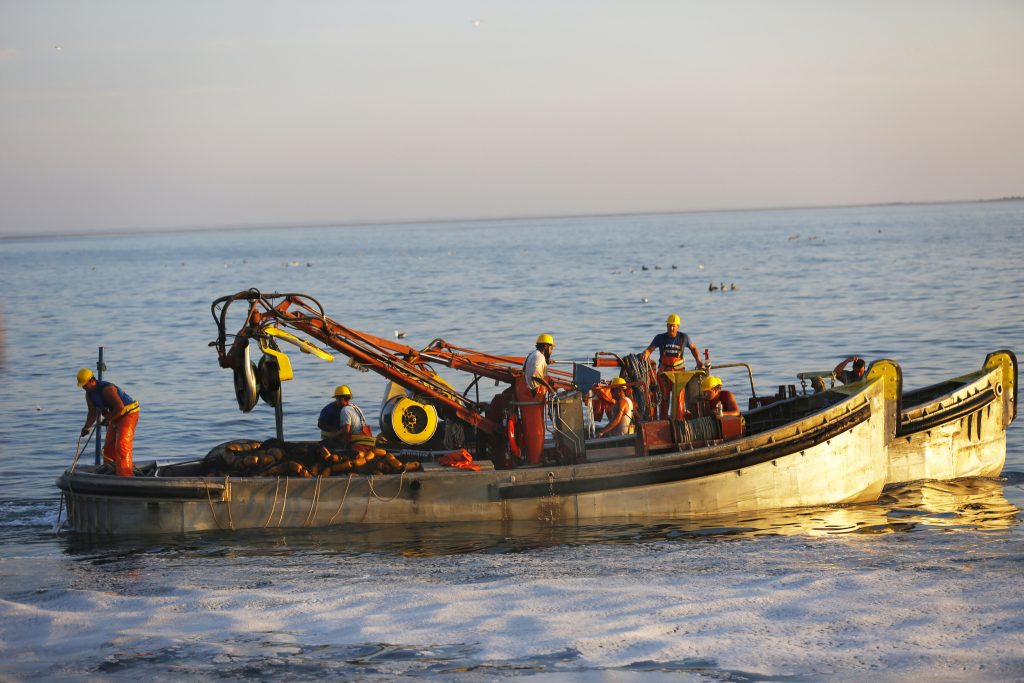February 16, 2018 — NEW BEDFORD, Mass. — The following was released by Northern Wind:
Northern Wind, an industry leader as a direct off-loader, processor and distributor of fresh and frozen scallops is proud to announce that the company is celebrating its 30th year in business. Since its founding in 1987 by Ken Melanson and Michael Fernandes, Northern Wind has established itself as one of America’s fastest growing seafood processing and distribution companies, providing its customers with a wide variety of premium scallops and seafood from across the globe. Northern Wind prides itself in providing their customers with the freshest seafood products that have been responsibly harvested using sustainable and environmentally friendly practices. With three decades of business relationships throughout New England and across the globe, Northern Wind is a top direct-off loader, processor and distributor of fresh and frozen scallops.
“Over the last thirty years, Northern Wind has not only remained strong throughout many economic ups and downs, but we’ve grown the business and we now serve well over 500 customers across the globe,” said Ken Melanson, Founder & Chairman of Northern Wind. “First, our expertise at delivering top quality, responsibly sourced and sustainable scallops and fresh seafood is paramount in our success. Secondly, is our employee’s hard work and dedication to providing superior customer service which has enabled us to attract and retain hundreds of loyal customers.”
Northern Wind’s seafood products include fresh and frozen scallops, Ahi tuna, North Atlantic lobster, monkfish, headfish, skate and value-added seafood offerings. Northern Wind’s 70,000 square foot state-of-the-art facility is certified by the U.S. Department of Commerce Seafood Inspection Program for packing of USDC Grade A fresh and frozen scallops. Northern Wind was the first scallop producer in the nation to receive Fair Trade™ Certification and during the 2017-18 fishing season purchased over 1 Million pounds of Fair Trade scallops. In addition, Northern Wind’s start-of-the-art processing facility is BRC and MSC certified.
The company has also launched a new line of high quality premium scallops under the Five Star Premium Scallop brand name which was introduced at last year’s Seafood Expo North America in Boston, Ma. The company has also redesigned its Captain’s Call, Mariner’s Choice and Sea Spray scallop product lines to better portray Northern Wind’s leadership position in the seafood industry.
“The first 30 years have been an incredible ride. We’ve been blessed to have employees who are dedicated to quality and providing excellent customer service. I can’t wait to see what the next 30 years bring,” stated Michael Fernandes, Founder & President of Northern Wind.
Since the beginning, the Northern Wind team has always dedicated themselves to consistently supplying their customers with the highest quality seafood products and providing them with superior customer service and competitive prices.
View the release in its entirety here.


